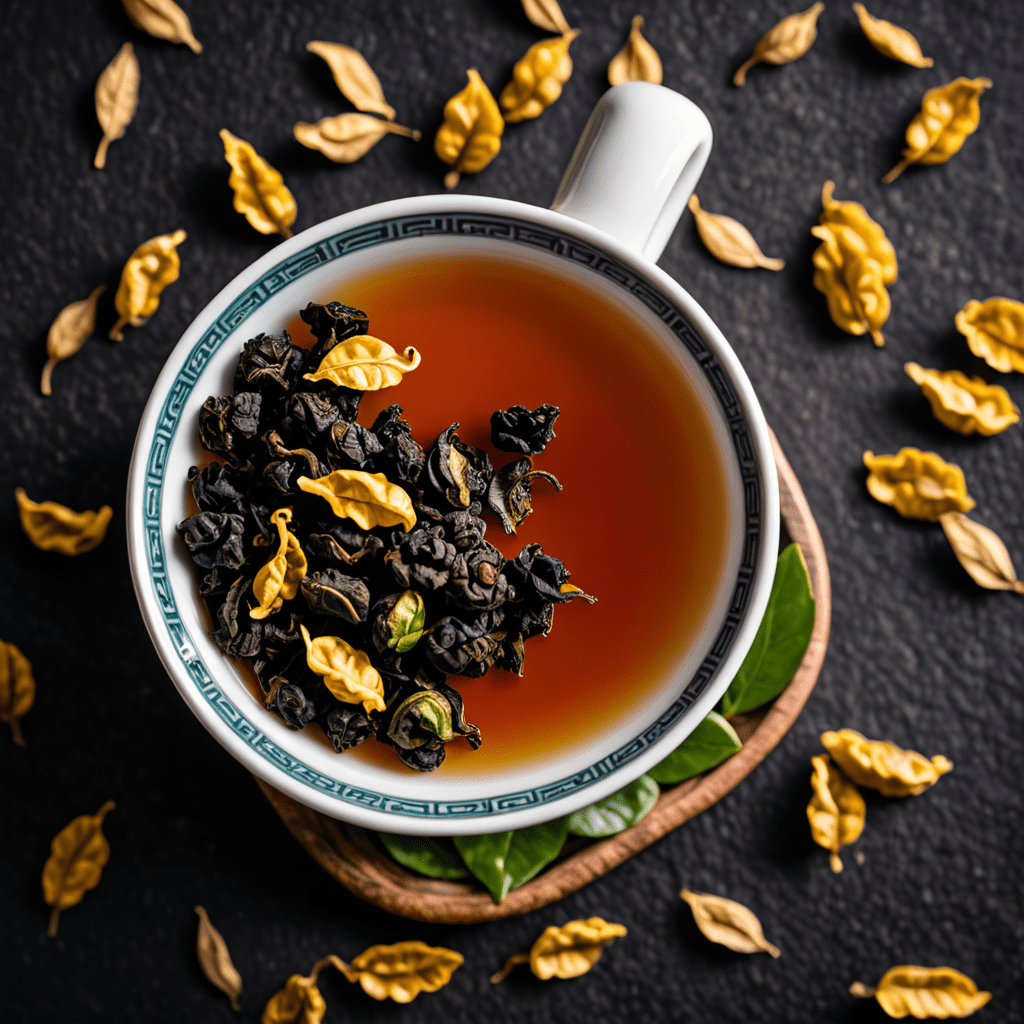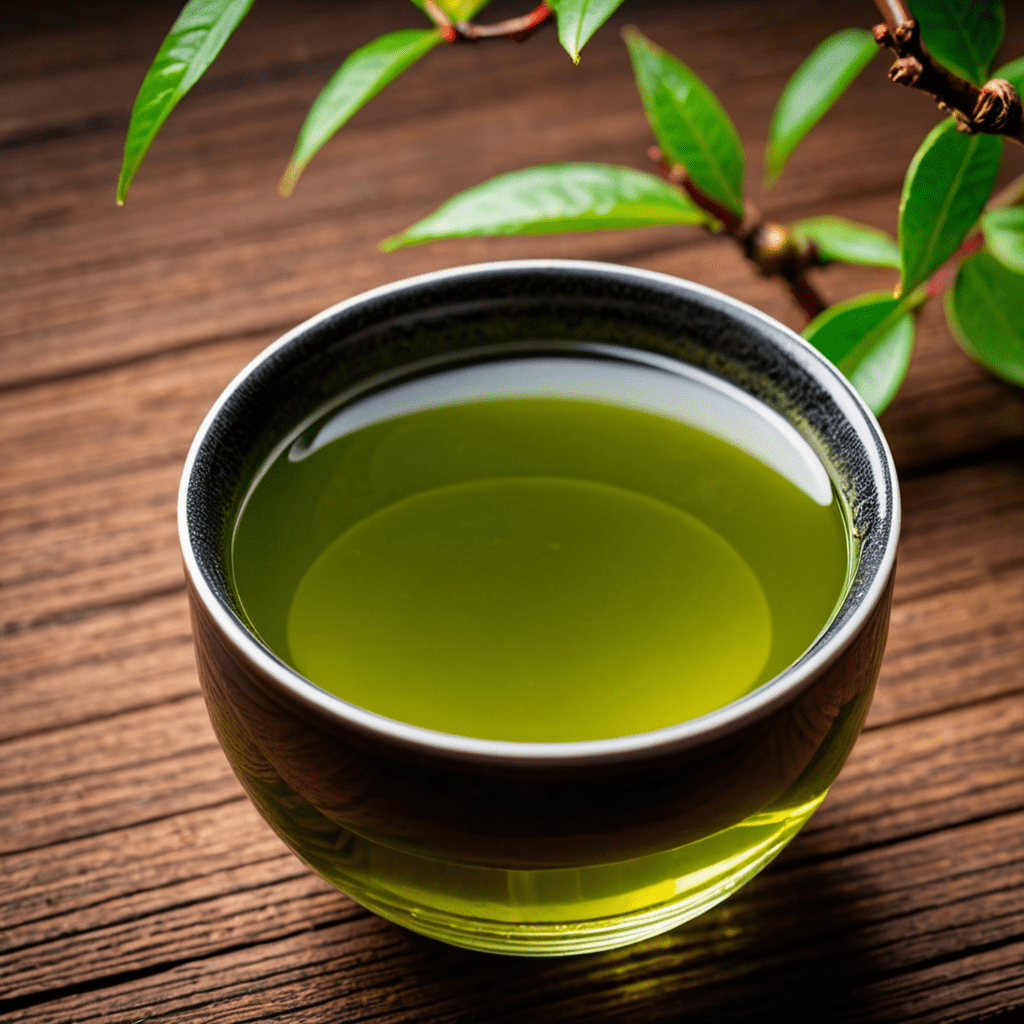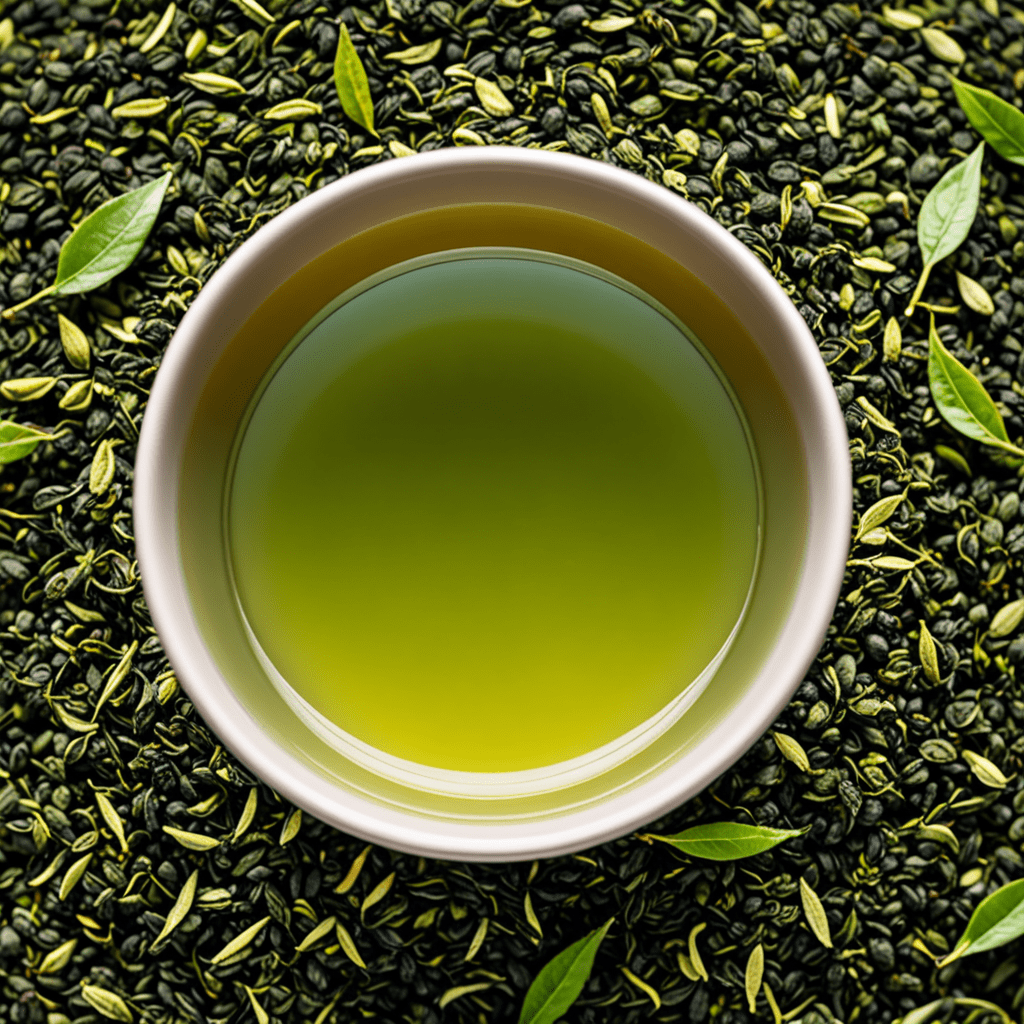
Unveiling the Mystique of Oolong Tea: Is It Black or Green?
Oolong tea, with its unique flavor and aroma, has captivated tea enthusiasts for generations. However, there can be confusion around whether oolong tea falls into the category of black or green tea. Let’s unravel this mystery and shed light on the true nature of oolong tea.
Understanding Oolong Tea
Oolong tea originates from the Camellia sinensis plant, the same plant that produces black and green teas. The distinct characteristic of oolong tea lies in its partial oxidation during the production process. This partial oxidation results in a wide range of flavors and aromas, making oolong tea a category of its own.
Partially Oxidized: The Golden Middle Ground
Unlike black tea, which is fully oxidized, and green tea, which undergoes minimal oxidation, oolong tea occupies the middle ground in terms of oxidation levels. This partial oxidation allows oolong tea to exhibit a diverse spectrum of flavors, from floral and fruity to woody and roasted, contributing to its complexity and appeal.
The Color Conundrum
Due to its unique production process, oolong tea defies categorization into traditional color distinctions of black and green teas. The color of the brewed oolong tea can vary widely, encompassing shades of pale yellow, golden amber, and deep copper, depending on factors such as oxidation level and roasting.
Health Benefits of Oolong Tea
Beyond its captivating taste, oolong tea is renowned for its array of potential health benefits. Studies have suggested that oolong tea may contribute to weight management, promote heart health, and support overall well-being. This makes oolong tea a popular choice among those seeking a health-conscious beverage option.
FAQ: Demystifying Oolong Tea
Is oolong tea caffeinated?
Yes, oolong tea contains caffeine, but the levels can vary depending on factors such as the type of oolong and brewing method. Generally, it contains less caffeine than black tea but more than green tea.
How should oolong tea be brewed?
For the best flavor, oolong tea is typically brewed with water that is around 190-200°F (88-93°C) for 3-5 minutes. However, precise brewing recommendations may vary based on the specific type of oolong tea.
What sets oolong tea apart from other teas?
The distinctive characteristic of oolong tea lies in its partial oxidation, which results in a unique flavor profile that falls between the robustness of black tea and the freshness of green tea. This makes oolong tea a truly exceptional and multifaceted beverage.
With its enigmatic blend of flavors and its cultural significance, oolong tea continues to intrigue and delight tea connoisseurs worldwide. Whether it’s sipped for its distinctive taste or cherished for its potential health benefits, oolong tea stands as a testament to the artistry and tradition of tea brewing.

